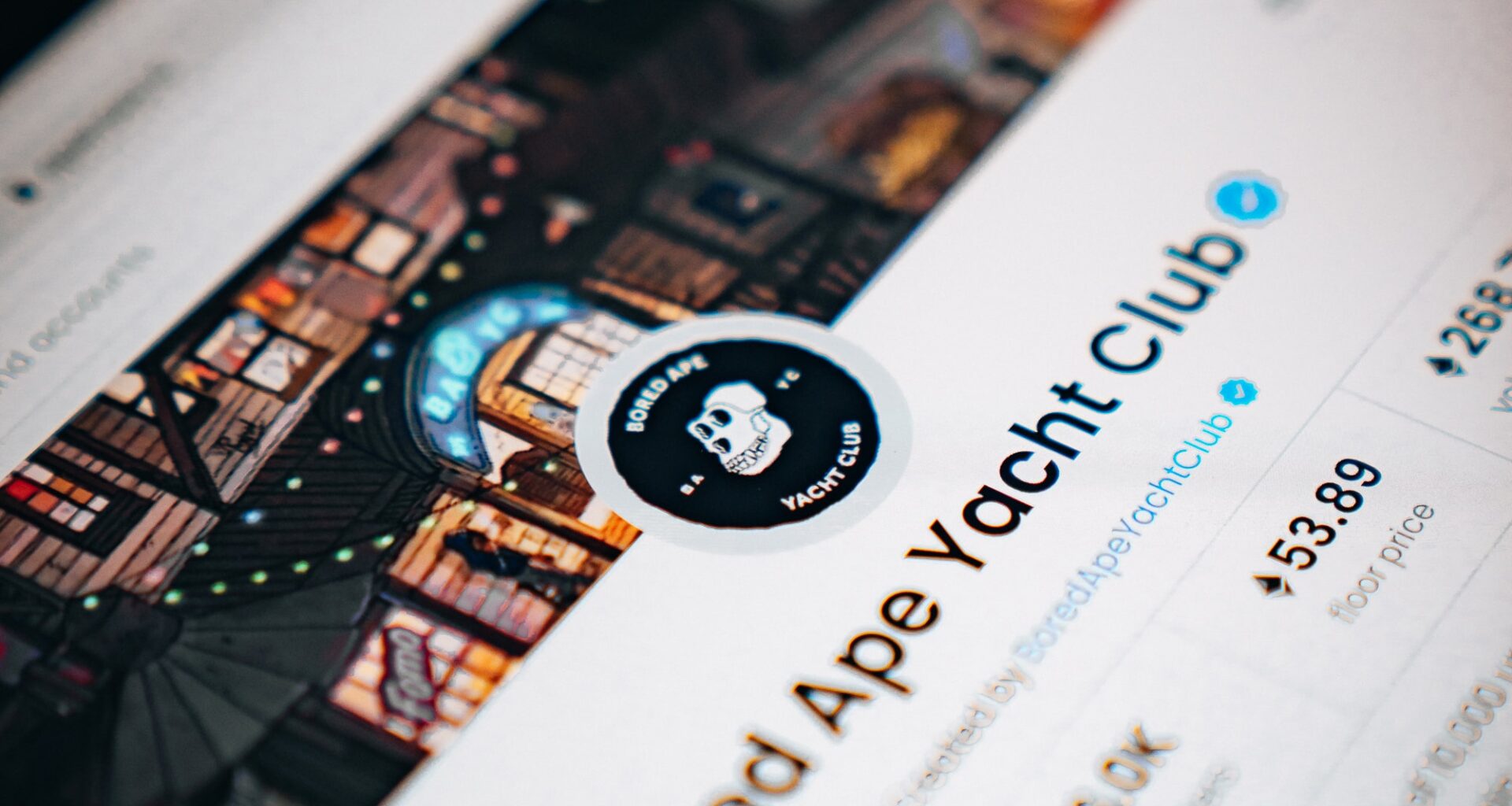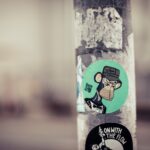Non-Fungible Tokens (NFTs) are digital assets that represent ownership of a unique item or piece of content, such as digital art, music, videos, and collectibles. Unlike fungible tokens, such as Bitcoin, which are interchangeable and identical to one another, NFTs are unique and cannot be replicated or replaced. This makes them ideal for representing one-of-a-kind digital assets, such as rare digital artworks or collectibles.
NFTs are typically built on blockchain technology, which allows for the creation of digital assets that are verifiable and immutable. When an NFT is created, it is assigned a unique digital signature that serves as proof of its authenticity and ownership. This digital signature is recorded on the blockchain, which serves as a decentralized and public ledger of all transactions.
One of the key features of NFTs is that they can be bought, sold, and traded like traditional physical assets. This is possible because the ownership of an NFT is recorded on the blockchain, which allows for the transfer of ownership to be tracked and verified. NFTs are typically bought and sold on decentralized marketplaces, such as OpenSea, Rarible, and SuperRare, where buyers can purchase NFTs with cryptocurrency.
NFTs have become increasingly popular in the art world, as they allow artists to monetize their digital art in a way that was not possible before. Artists can create digital art and mint it as NFTs, which can then be bought and sold by collectors. This has led to the emergence of a new market for digital art, which has seen some digital artworks sell for millions of dollars.
In conclusion, NFTs are digital assets that represent ownership of a unique item or piece of content, such as digital art, music, videos, and collectibles. They are typically built on blockchain technology, which allows for the creation of digital assets that are verifiable and immutable. NFTs can be bought, sold, and traded like traditional physical assets, and they are typically bought and sold on decentralised marketplaces. NFTs have become increasingly popular in the art world, as they allow artists to monetise their digital art in a way that was not possible before.







